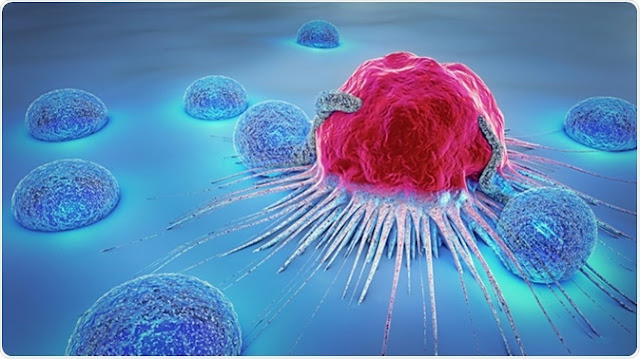Bacteriostatic Antibiotics Reduced the Growth of Bacteria by Interfering With the Process of Bacterial Protein Development
Bacteriostatic antibiotics are used all over the
world, especially in regions such as the United States, Singapore, and
Italy. Bacteriostatic antibiotics, on
the other hand, kill bacteria by preventing the formation of bacteriostatic
viruses. Unlike antibiotics, these drugs are able to act in a manner similar to
natural immunity to combat bacterial growth. As in the case of probiotics
(which prevent the formation of bad bacteria), the antibiotic drug physically
kills bacteria but does not permit the germs to grow.
The new class of bacteriostatic antibiotics inhibits the synthesis of ergosterol, a molecule produced by bacteria that plays a key role in the binding of ergosterol to the surface of muscles. When such binding occurs, the muscles become less resistant to external applications, like scratching or suctioning. By inhibiting the synthesis of ergosterol, these bacteriostatic antibiotics prevent bacterial growth by physically eliminating germs. In regions such as the United States, the increasing prevalence of bacterial infections has increased the usage of bacteriostatic antibiotics. For instance, according to the U.S. Centers for Disease Control and Prevention, every year around 2.8 million individuals suffer from antibiotic-resistant infections.
In addition to treating infections, the new type of
bacteriostatic antibiotics can also be used to treat various non-infectious
conditions. These medications are often used for non-inflammatory indications,
which means that the pain felt from muscle strain is relieved, and the
inflammation caused by other causes is lessened. This type of bacteriostatic
antibiotic is sometimes called "analgesics," as they act on the
source of pain (muscle or joint) rather than on the symptoms of the condition.
These bacteriostatic antibiotics can be administered orally, by injection, or
by vagina swabbing (or insertion).
In order to understand how bacteriostatic
antibiotics limit bacteria growth, it is important to understand how the
bacterium acquires resistance to commonly used antimicrobials. Typically, when
bacteria are confronted with a common antimicrobial, they develop a form of
resistance. This forms a layer of DNA called a resistance mechanism. This DNA
is what enables bacteria to grow in the presence of the antimicrobial, as the
resistant bacteria are able to utilize the antimicrobial's energy to replicate
themselves.





Comments
Post a Comment